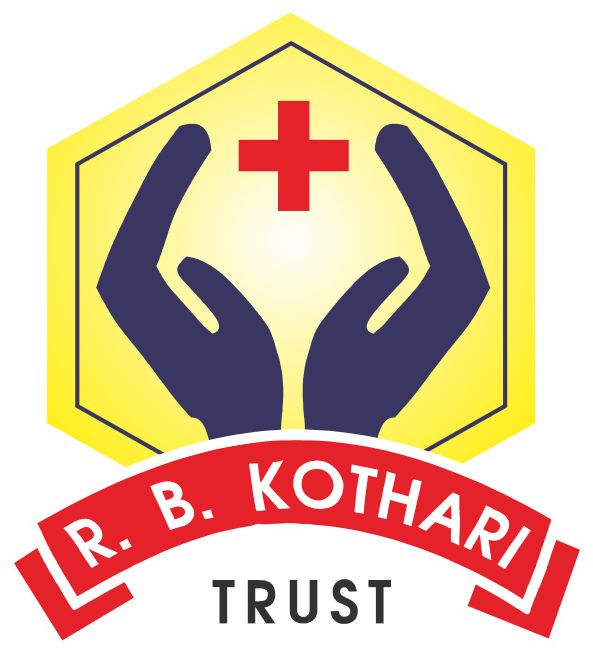Echocardiography

An echocardiogram uses sound waves to create pictures of the heart. This common test can show blood flow through the heart and heart valves. Your health care provider can use the pictures from the test to find heart disease and other heart conditions.
Types of echocardiograms
- Transthoracic echocardiogram, also called a TTE. This is a standard echocardiogram. It’s also called a heart ultrasound. It’s a noninvasive way to look at blood flow through the heart and heart valves. A TTE creates pictures of the heart from outside the body. Dye, called contrast, may be given by IV. It helps the heart’s structures show up better on the images.
- Transesophageal echocardiogram, also called a TEE. If a standard echocardiogram doesn’t provide as many details as needed, your provider may do this test. It gives a detailed look at the heart and the body’s main artery, called the aorta. A TEE creates pictures of the heart from inside the body. It’s often done to examine the aortic valve. This test shouldn’t be done if you have bleeding in the upper gastrointestinal tract or a tumor or tear in the esophagus.
- Fetal echocardiogram. This type of echocardiogram is done during pregnancy to check the baby’s heart. It’s a noninvasive test that involves moving an ultrasound wand over the pregnant person’s belly. It lets a health care provider see the unborn baby’s heart without using surgery or X-rays.
- Stress echocardiogram. A stress echocardiogram is done right before and after you exercise at a medical office. It checks how the heart responds to physical activity or stress. Your health care provider may order this test if they think you have coronary artery disease. If you can’t exercise, you may be given medicine to make your heart work harder.
Echocardiogram methods
- Two-dimensional (2D) or three-dimensional (3D) echocardiogram. These images provide pictures of the heart walls and valves and of the large vessels connected to your heart. A standard echocardiogram begins with a 2D study of the heart. A 3D echocardiogram is available in some medical centers and hospitals. It’s often done to get more details about the lower left heart chamber. This chamber is the heart’s main pumping area.
- Doppler echocardiogram. Sound waves change pitch when they bounce off blood cells moving through the heart and blood vessels. These changes are called Doppler signals. This part of the test measures the speed and direction of blood flow within the heart and vessels. It can help show blocked or leaking valves and check blood pressure in the heart arteries.
- Color flow imaging. This displays the blood flow in the heart in color. It helps identify leaky heart valves and other changes in blood flow.
The Philips Affiniti CVx ultrasound system is a dedicated cardiovascular solution designed to meet the everyday demands of cardiology – helping you deliver better care to more patients.
X5-1 xMATRIX transducer
Our most leading-edge, versatile ultrasound transducer technology provides remarkable image quality and support for multiple interrogation capabilities and views not possible with 2D imaging. Designed to simplify your imaging workflow for even difficult-to-image patients.
Automation for robust, proven reproducible cardiac quantification in both 2D and 3D
Auto Measure AI provides fully automated 2D Doppler and length measurements. AutoStrain delivers fast, reproducible 2D strain quantification for the LV, LA and RV. Dynamic HeartModel and 3D Auto RV offer full 3D quantification for LV, LA and RV volumes and functional assessment. 3D Auto MV provides dynamic analysis of the mitral valve.
Collaboration Live for tele-ultrasound
Collaboration Live lets you extend your team without expanding it, because physical distance is no longer an obstacle. Securely access on-demand expertise for real-time guidance, decision support and standardization of patient care.
Next-generation TEE imaging
The xMATRIX X8-2t transducer brings exceptional image quality and confidence to TEE imaging. Live 3D and Live 3D color flow, together with latest capabilities such as xPlane Doppler and MultiVue, help you to make a confident diagnosis in even the most complex cases.
Customizable cardiology-focused interface
Designed to optimize cardiac workflow, the new interface delivers “walk-up usability” so that users can perform exams with minimal training. The interface can be configured to match your specific workflow, which means you can focus on the patient and images, rather than searching for controls.
iRotate to easily access an optimal view
Electronically access the optimum view within the acoustical window between ribs instead of manually rotating the transducer to search for an unobscured window. This can increase accuracy in measuring LV volumes because the image is less likely to be foreshortened.
Exceptional advances for pediatric imaging
From fetal echo to pediatrics to adult congenital patients, Affiniti CVx offers a depth of imaging capability combined with streamlined cardiac workflow to reduce the steps and time needed for challenging exams such as TTE and TEE.
Elevated vascular assessment
The lightweight L12-3 ERGO transducer provides superb detail and resolution, including MicroFlow Imaging for remarkable sensitivity in assessing blood flow. The eL18-4 transducer provides thin-slice imaging for exceptional tissue uniformity from near to far depth of field across a wide range of applications and depth requirements.
3D Auto MV for mitral valve quantification
Analyze the complex anatomy of the mitral valve in 3D as well as its dynamic mechanics. This is useful from the initial discovery of mitral valve disease or pathology, to support device planning, and through monitoring of pre- and postoperative cases.
3D Auto LAA for left atrial appendage sizing
Acquire the LAA ostium size quickly and easily. Automation reduces inter- or intra-user variability, increasing confidence during procedures.
Source: www.mayoclinic.org and www.gehealthcare.in

